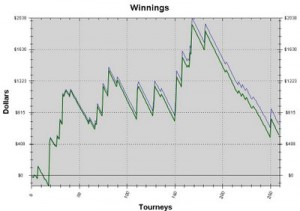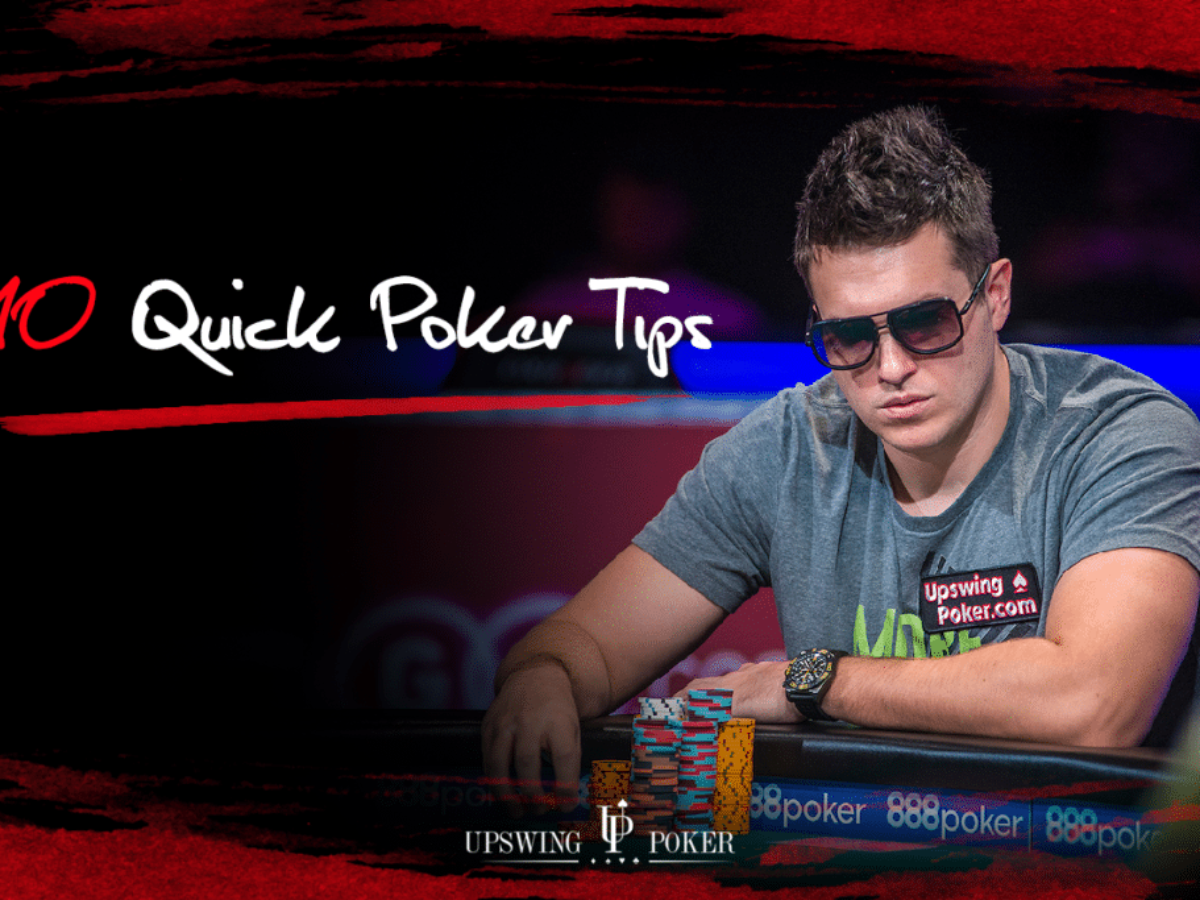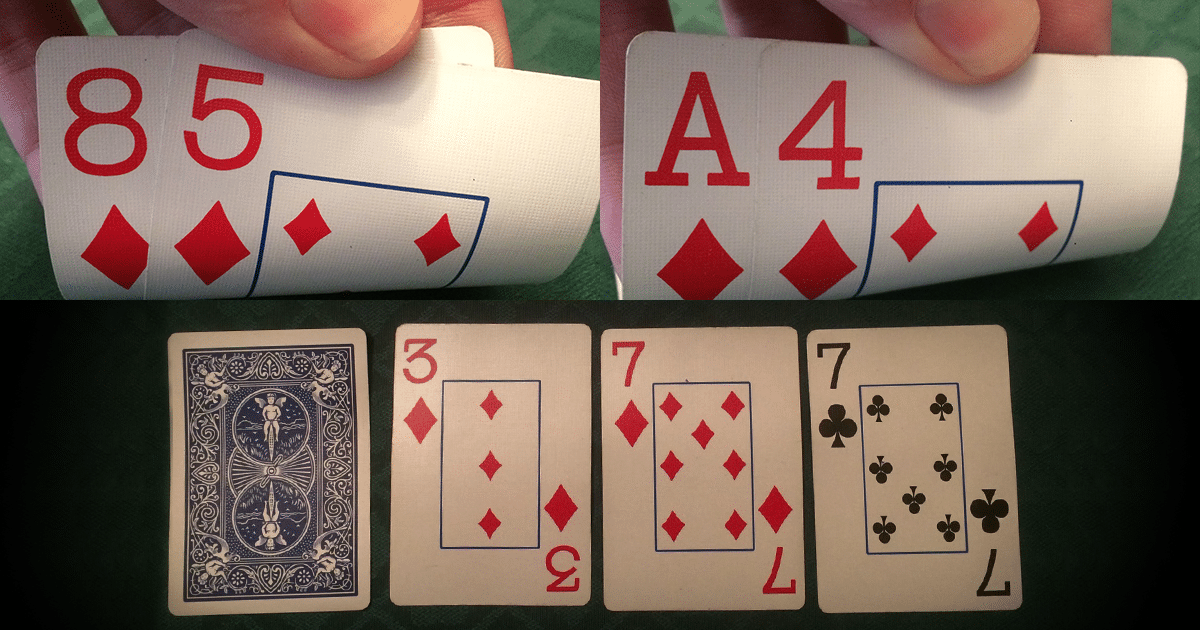Tips To Win Online Poker Tournaments
All poker sites have a calendar that features also much quicker online tournaments where you can have fun and win meaningful sums. These are the top sites to play online poker tournaments in 2020.
Tournament poker remains one of the most popular formats of the game, mainly because it is through the heavily televised World Series of Poker (WSOP) that many new players are introduced to it.
When Chris Moneymaker – considered an “outsider” at the time due to his qualifying for the WSOP by winning his entry on an online poker site – won the prestigious competition’s main event in 2003, tournament poker was thrust into the global community’s consciousness, and it immediately became the most visible format of poker.
While tournament payout structures vary depending on the poker site or live tournament organizer, the winner of the tournament will always get the biggest chunk of the prize pool by a fair margin. In a typical $20 buy-in, $10k guaranteed online tournament, the winner will get approximately $2,500 and the runner-up will be left with $1,500. The poker tournament tips below should put you on the right track. Poker Tournament Tips #1. This is one of the most important poker tournament tips. It’s actually something experienced tournament players use, and for good reason. Let’s look at the other side first: buying-in early. Let’s say you buy-in to a $400 tournament. When Chris Moneymaker – considered an “outsider” at the time due to his qualifying for the WSOP by winning his entry on an online poker site – won the prestigious competition’s main event in 2003, tournament poker was thrust into the global community’s consciousness, and it immediately became the most visible format of poker. One of the easiest ways to start playing poker, especially online, is single table tournaments.You enter a tournament of up to 10 players with the top 3 finishers earning a prize, or a six-player table with the top two finishers in the money.

While the fundamental principles of No Limit Hold’em are shared between cash/ring games and tournament poker, there are certain strategies that are more effective in one than the other.
In this article, we take an in-depth look at tactics that are important to understand and implement if you want to achieve success in tournament poker. While our focus will be on tournaments, we’ll also be touching on certain principles that apply to both formats.
Before we begin, let’s quickly list the major differences between cash and tournament poker.

A note before we begin, this piece focuses on freezeout No Limit Texas Hold’em tournaments.
(Source: Beatthefish.com)
Tournament vs Cash – the Main Differences
- A player can enter and exit a cash game whenever they want while a tournament has a fixed start and end.
- In a cash game, the blinds remain fixed, while the blind levels in a tournament increase at a predefined frequency (typically 15 – 25 minutes).
- The purpose of a tournament is not to run out of chips. When you do, you are eliminated from the game and cannot re-enter, although some tournaments do allow players to buy back in.
- When a predetermined number of players are eliminated from the tournament, the remaining players all share the prize pool. Making it to this part of the tournament is called being “in the money.”
- The tournament ends when all but one player has been eliminated. That player is the tournament winner and receives the bulk of the prize pool.
- In cash games, chips are an exact representation of their monetary value, while tournament players “buy” their chip stack with a fixed buy-in amount. For instance, a tournament buy-in of $5.00 can see you start the tournament with a stack of $1500 in chips.
Tip #1: Start Conservatively
One of the most important principles to success at tournament poker is in monitoring the ratio between how much it will cost to play a hand (blinds + antes) and your chip stack. This is referred to as the M ratio, and we’ll be referencing it throughout the piece.
At the start of the tournament when you have a healthy M Ratio (over 25), getting involved in a hand with medium-strength cards is not a good strategy. When you’re still sitting comfortably, only play a hand when you have exceptionally strong cards or have position on your opponents.
Don’t be tempted to steal or protect blinds. These are tactics that should only be employed later in the tournament when the blinds represent a large portion of your stack size.

Survival is everything in the early stages. Building a healthy chip-stack should also be an objective, but not at the cost of your place in the tournament.
Tip #2: Be Aware of Opponent Stack Sizes
Once you’ve emerged from the early stages of the tournament and the table is seeing some more action, it’s important to bear your opponents’ stack sizes in relation to yours in mind before getting involved in very specific scenarios – specifically when it comes to going all-in.
- A player that has you comfortably covered (has a significantly larger stack size than you) is going to call your all-in with a wide range of cards since you don’t represent a big risk to his chip stack. Don’t bluff against such a player.
- A short-stacked player (especially one with an M Ratio below 10) will typically play extremely aggressively post-flop. While pushing these players around and bullying them pre-flop is an essential strategy, when the flop comes you can expect extreme aggression from them since they will regularly be pot-committed. Don’t expect them to fold to your light c-bet. Expect a shove in this scenario and unless you’ve hit the flop, you don’t want to be calling it and doubling them up.
- In the latter stages of a tournament, a player that has a chip stack roughly similar to yours is not going to get involved in a hand with you unless they want to protect their blinds or if they have an excellent hand. Be cautious when faced with aggression from a similarly-stacked opponent.
Tip #3: Employ the Push/Fold Strategy
In a nutshell, push/fold strategy is an “all or nothing” pre-flop approach that a player adopts when their chip-stack is depleted to the point where they can only see another ten hands, in other words, their M Ratio is less than 10.
When the blind levels are 75/150, and you only have $1,870 in chips, forget about limping, calling, or 3-betting preflop and consider each decision as either a fold or a shove.
The main reason for doing this is that you are maximizing your chances of picking up the blinds by getting all your opponents to fold to your extreme aggression and while your chip stack still represents a threat.
In the Poker Copilot blog, we recently published an in-depth look at how to employ this strategy to its maximum effect. Click here to read our the post titled: Essential No Limit Holdem Strategy: Push/Fold.
(Source: stock.adobe.com)
Tip #4: Steal and Protect Blinds
When the blinds get to a level where they represent a large portion of your chip stack, picking them up without seeing the flop is one of the most important strategies in tournament poker. In fact, there are certain conditions under which you needn’t even consider your cards when attempting this tactic.
If you are in late position, all the players have folded to you, and the two or three players who are going to act after you are all short-stacked, you can profitably raise with any two cards, provided you have the discipline to lay them down if you’re faced with a three-bet.
Conversely, when you are in the small or big blinds and have a relatively healthy stack (your M ratio is above 20), don’t be afraid to three-bet when faced with a raise from the dealer. In many cases they are betting very wide simply to steal your blinds and will lay down their cards. In this scenario, when your M Ratio is below 10, and you have decent cards, don’t bother three-betting – simply go all-in.
Tip #5: Think of the Greater Good
This is a relatively complex meta-game concept that has little to do with cards and more about getting closer to the money.
Consider this scenario.
There are seven players left in the tournament and the top six get paid. This scenario is also referred to as being “on the bubble.”

You are in mid position with A9s and your M Ratio is very healthy (20+). Under the Gun is short-stacked and goes all in. You call. There is another call from the dealer, who is also deep-stacked. So the short-stacked player now has the possibility of being eliminated by two players rather than one.
The flop comes K49.
You’ve made mid pair, which, if you were only in the hand against the other deep-stacked player, would have been a good spot for a bet. But if you do bet in this scenario, you run the risk of having the dealer fold, meaning that you will be the only player who can eliminate the short-stack.
Let’s say you do make a bet and the dealer folds his pocket 8s. You and the short stack flip your cards over, and he shows KT.
The turn and river come 8 and 3, and you double up the short-stack and everyone at the table hates you since the dealer would have made his set and gotten you all into the money.
(Source: stock.adobe.com)

A much better play here would have been for you and the dealer to simply check all the way down to the river to ensure that there is an extra chance of the short-stacked player being eliminated.
Tip #6: Take Advantage of the Bubble
Closer to the bubble, most of your opponents, except for those that are deep and short-stacked, are going to tighten up. No one wants to go home empty-handed, and most players in this scenario will simply wait for the short and deep-stacks to duke it out.
This is where a smart player will start picking up blinds. By paying attention to your opponents’ stack sizes and their playing style, this could be a very profitable period of the tournament for you.
When you are in position, don’t be afraid to show pre and post-flop aggression, but be careful on the turn and heed the advice given in tip #2 above (“Be Aware of Opponent Stack Sizes”).
Your goal here is to take down pots by taking advantage of the fear that will dominate the table, not to outplay your opponents with your advanced moves. Take risks here but be disciplined about laying down your cards when faced with aggression. Good players are going to see through this tactic and protect their blinds. Respect them.
Tip #7: Dominate When You’re Leading
If you’re the chip leader, it’s essential to bully the short and medium-stacked players. While the temptation may be strong to sit back and watch them eliminate each other, you need to acknowledge the immensely important role you can play in bringing this about. This is doubly effective as you near the bubble.
Your goal is to take advantage of the fear that your opponents have of your stack and pick up as many blinds as you can. Medium stacked players will be extremely hesitant to get involved in a hand with you and will lay down medium strength hands regularly. They do not want to get in a hand unless they know they are ahead.
It is vital that you take advantage of this scenario so that when it comes to the heads-up part of the tournament (only two players left), you are comfortably ahead.
Tip #8: Don’t Get Complacent When Playing Heads-Up
So you’re one of the final two players in the tournament. Now it’s important to face your biggest enemy: your own complacency.
That’s right, your biggest challenge when playing heads-up is the sense of security that accompanies making it this far. Yes, you’re already winning a large sum of money, but if you stay focused and spend some time learning about the nuances of heads-up play, you can win so much more.
In fact, simply by acknowledging this and remaining hungry to win it all, you are already in a better position than many of your heads-up opponents will be. You’ll be surprised how many of them simply “tune out” at this point and think of this stage of the tournament as a lottery.
It’s not. There is a lot of skill involved in playing heads up, and if you do the research necessary to improve this aspect of your game, the return on your investment will get a massive boost.
Tips To Win Online Poker Tournaments Tournament
Read our recent post on training sites that will help you improve your poker and find the sections dealing with heads-up strategy.
In Closing
Tournament poker is accessible, fun and full of new players who aren’t as dedicated as you in improving their poker skills.
Tips To Win Online Poker Tournaments 2020
By applying these tips and doing further reading and training, you are sure to find them the ideal space to build your bankroll.
Tips To Win Online Poker Tournaments 2019
Keep training. Keep reading. Keep improving.
Tips To Win Online Poker Tournaments Real Money
See you at the tables!
